This procedure describes how to use the MAX1452EVKIT and MAX1455EVKIT to set up and perform two-point temperature compensation. It uses the Comp52.exe compensation program supplied as part of the EVKit package.
Major Steps
- Perform room temperature compensation (follow steps in Appendix-A).
- Setup the desired conditions for two-temperature points compensation.
- Start temperature compensation.
- Set first temperature point.
- Set full-scale pressure, Pfs. Measure output voltage, Vfs1.
- Set minimum pressure, Po. Measure output voltage, Vo1.
- Computer will calculate ideal bridge voltage, Ideal_Vb1, for the desired span.
- Set Ideal_Vb1.
- Set desired offset.
- Computer will record values of OFF DAC, FSO DAC, and Temp-Index as OFFDAC1, FSODAC1, Temp-Index1.
- Set second temperature point.
- Set full-scale pressure, Pfs. Measure output voltage, Vfs2.
- Set minimum pressure, Po. Measure output voltage, Vo2.
- Computer will calculate ideal bridge voltage, Ideal_Vb2, for the desired span.
- Set Ideal_Vb2.
- Set desired offset.
- Computer will record values of OFF DAC, FSO DAC, and Temp-Index as OFFDAC2, FSODAC2, Temp-Index2.
- Set first temperature point.
- Computer will calculate the compensation coefficients based on the values of OFFDAC1, FSODAC1, Temp-Index1, OFFDAC2, FSODAC2, and Temp-Index2.
- Computer will write the calculated compensation coefficients into the EEPROM.
- Computer will write the calculated compensation coefficients into a file.
- Switch to analog mode and verify compensation.
Detail Description
Perform Room Temperature Compensation
Room temperature compensation is recommended before temperature compensation is performed. It's a simple and quick way to choose proper starting values such as PGA, IRO, Offset-TC DAC and FSOTC DAC. Improper start values could result in calculated values that exceed internal variable limits and halt the program. Refer to Appendix-A for step-by-step instruction.Setup the desired conditions for temperature compensation
- 1 Configure the EVKIT for digital mode of operation:
- Remove power from the EVKIT.
- Connect the 10-pin ribbon cable to the EVKIT.
- Remove jumper, J4.
- Install jumper, J2.
- Apply 5V supply to the EVKIT.
- Run Comp52.exe program.
- On the Comp52.exe front panel, set the parameters that are required for temperature compensation.
- Set '# of Temp points' to 2.
- Set 'Absolute error' to 0.001 (1 mV).
- Set 'Target Span' to the desired span value in Volts.
- Set 'Target Offset' to the desired offset value in Volts.
- Switch 'Output Mode' to 'Manual'
- Set 'Display Duration' to '4.5' seconds or any other setting that provides enough time to read the DMM. DO NOT CHOOSE '9.1' seconds.
Start Temperature Compensation
Start temperature compensation by pressing 'Begin COMPENSATION' button and respond as appropriate to the dialog boxes that pop-up as the program steps through the Compensation process.Important Notes
- When entering a number, in response to a prompt, the old number in the window must be completely deleted before the new value is entered.
- In any dialog box that requires a value to be entered, you may press the 'Retry' button as many times as necessary to make sure that you have read the DMM correctly.
- No data entry error will be tolerated. It is essential that all values be entered correctly since 'undo' is not possible. Any wrong entry will result in bad compensation and could result in calculated values that exceed internal variable limits and halt the program.
First Temperature
- Dialog box to set first temperature point.
- Set the oven to the first temperature point.
- Wait until the device has reached temperature stability. [You may use 'Current Index' or voltage, Vb, on the BDR pin to verify temperature stability]
- Press 'CONTINUE' when ready.
- Dialog box to set maximum pressure.
- Apply full-scale pressure on the device and wait until pressure is stabilized.
- Enter full-scale pressure value in the 'User Pmax' window.
- Press 'PROCEED' when ready.
- Dialog box to enter output voltage.
- Read output voltage, Vfs, from the DMM. Use 'Retry' button as needed.
- Enter the value in the 'Enter Measured Voltage' window.
- Press 'PROCEED' when ready.
- Dialog box to set minimum pressure.
- Apply minimum pressure on the device and wait until pressure is stabilized.
- Enter minimum pressure value in the 'User Pmin' window.
- Press 'PROCEED' when ready.
- Dialog box to enter output voltage.
- Read output voltage, Vo, from the DMM. Use 'Retry' button as needed.
- Enter the value in the 'Enter Measured Voltage' window.
- Press 'PROCEED' when ready.
- Dialog box.
- 'Next, you will enter various voltages for Vbridge that will allow the system to set Vbridge to desire value'
- Press 'OK'.
- The next three dialog prompts are to calculate a function for Vb versus FSO DAC code.
- Dialog box to enter Vb for first FSO DAC setting
- Read the DMM and enter the value.
- Press 'PROCEED' when ready.
- Dialog box to enter Vb for second FSO DAC setting
- Read the DMM and enter the value.
- Press 'PROCEED' when ready.
- Dialog box to enter Vb for third FSO DAC setting
- Read the DMM and enter the value.
- Press 'PROCEED' when ready.
- Dialog box to enter Vb for first FSO DAC setting
- The computer will now calculate the ideal bridge voltage, Ideal_Vb1, for the desired span.
- The procedure will enter a loop to set Vb = Ideal_Vb1 as the 'Target voltage'. This step will repeat until the value entered is within the allowed error from the 'Target voltage'.
- Dialog box to enter bridge voltage.
- Read DMM and enter in the value.
- Press 'PROCEED' when ready.
- Dialog box to enter bridge voltage.
- Dialog box.
- 'Next, you will enter various voltages for Vout that will allow the system to set offset to xxxV'. Where, xxx is the desired offset voltage.
- Press 'OK'.
- The next three dialog prompts are to calculate a function for Vout versus OFF DAC code.
- Dialog box to enter Vout for first OFF DAC setting
- Read DMM and enter the value.
- Press 'PROCEED' when ready.
- Dialog box to enter Vout for second OFF DAC setting
- Read DMM and enter the value.
- Press 'PROCEED' when ready.
- Dialog box to enter Vout for third OFF DAC setting
- Read DMM and enter the value.
- Press 'PROCEED' when ready.
- Dialog box to enter Vout for first OFF DAC setting
- The procedure will enter a loop to set the desired offset as the 'Target voltage'. This step will repeat until the value entered is within the allowed error from the 'Target voltage'.
- Dialog box to enter output voltage.
- Read DMM and enter in the value.
- Press 'PROCEED' when ready.
- Dialog box to enter output voltage.
- Computer will record values of OFF DAC, FSO DAC, and Temp-Index (read internally) as OFFDAC1, FSODAC1, Temp-Index1.
Second Temperature
- Dialog box to set first temperature point.
- Set the oven to the second temperature point.
- Wait until the device has reached temperature stability.
- Press 'CONTINUE' when ready.
- Dialog box to apply maximum pressure.
- Apply full-scale pressure on the device and wait until pressure is stabilized.
- Enter full-scale pressure value in the 'User Pmax' window.
- Press 'PROCEED' when ready.
- Dialog box to enter output voltage.
- Read output voltage, Vfs, and enter value.
- Press 'PROCEED' when ready.
- Dialog box to set minimum pressure.
- Apply minimum pressure on the device and wait until pressure is stabilized.
- Enter minimum pressure value in the 'User Pmin' window.
- Press 'PROCEED' when ready.
- Dialog box to enter output voltage.
- Read output voltage, Vo, and enter value.
- Press 'PROCEED' when ready.
- Dialog box.
- 'Next, you will enter various voltages for Vbridge that will allow the system to set Vbridge to desire value'
- Press 'OK'.
- The next three dialog prompts are to calculate a function for Vb versus FSO DAC code.
- Dialog box to enter Vb for first FSO DAC setting
- Read the DMM and enter the value.
- Press 'PROCEED' when ready.
- Dialog box to enter Vb for second FSO DAC setting
- Read the DMM and enter the value.
- Press 'PROCEED' when ready.
- Dialog box to enter Vb for third FSO DAC setting
- Read the DMM and enter the value.
- Press 'PROCEED' when ready.
- Dialog box to enter Vb for first FSO DAC setting
- The computer will now calculate the ideal bridge voltage, Ideal_Vb2, for the desired span.
- The procedure will enter a loop to set Vb = Ideal_Vb2 as the 'Target voltage'. This step will repeat until the value entered is within the allowed error from the 'Target voltage'.
- Dialog box to enter bridge voltage.
- Read DMM and enter in the value.
- Press 'PROCEED' when ready.
- Dialog box to enter bridge voltage.
- Dialog box.
- 'Next, you will enter various voltages for Vout that will allow the system to set offset to xxxV'. Where, xxx is the desired offset voltage.
- Press 'OK'.
- The next three dialog prompts are to calculate a function for Vout versus OFF DAC code.
- Dialog box to enter Vout for first OFF DAC setting
- Read DMM and enter the value.
- Press 'PROCEED' when ready.
- Dialog box to enter Vout for second OFF DAC setting
- Read DMM and enter the value.
- Press 'PROCEED' when ready.
- Dialog box to enter Vout for third OFF DAC setting
- Read DMM and enter the value.
- Press 'PROCEED' when ready.
- Dialog box to enter Vout for first OFF DAC setting
- The procedure will enter a loop to set the desired offset as the 'Target voltage'. This step will repeat until the value entered is within the allowed error from the 'Target voltage'.
- Dialog box to enter output voltage.
- Read DMM and enter in the value.
- Press 'PROCEED' when ready.
- Dialog box to enter output voltage.
- Computer will record values of OFF DAC, FSO DAC, and Temp-Index (read internally) as OFFDAC2, FSODAC2, Temp-Index2.
- Computer will calculate the compensation coefficients based on values of OFFDAC1, FSODAC1, Temp-Index1, OFFDAC2, FSODAC2, and Temp-Index2.
Writing Flash and File
- Dialog box asking for permission to write compensation coefficients to EEPROM.
- 'You are about to program the flash. Proceed?'
- Press 'OK'.
- Dialog box asking for permission to write compensation coefficients to a file.
- 'Write Flash to File?'
- Press 'OK'.
- Dialog box asking for a filename for the compensation coefficients.
- Select a directory and specify a filename.
- Press 'Save'
- Comp52 will terminate.
- Verify compensation. See Appendix-B.
Appendix A- Room Temperature Compensation
Initial Setup
- Configure the EVKIT for digital mode of operation:
- Remove power from the EVKIT.
- Connect the 10-pin ribbon cable to the EVKIT.
- Remove jumper, J4.
- Install jumper, J2.
- Apply 5V supply to the EVKIT.
- Run the MAX1452.exe program.
- Set 'Output Duration' to 'infinite (J3 must be off).
- Set 'Output Mux Selector' to 'Bridge Voltage, Vb'.
- Press 'Enable OUT' button and wait until it turns off.
- Verify that the EVKIT is functional.
- Change FSO DAC Up and Down by 1000hex counts and observe that the voltage changes accordingly.
- Set OTC DAC = FSOTC DAC = 0000hex
- Set OFF DAC = 4000hex.
- Set FSO DAC = 8000hex.
- Set PGA_index = 1.
Procedure
- Apply zero pressure, Po
- Set 'Output Mux Selector' to 'Bridge Voltage, Vb' and press 'Enable OUT'.
- Change FSO DAC until Vb is approximately 2.5V
- Read DMM and record as initial_Vb.
- Set 'Output Mux Selector' to 'PGA output' and press 'Enable OUT'.
- Change IRO DAC until 0.2V
< 1.0 V - Set output to approximately 0.5V by changing OFF DAC.
- Read DMM and record as uncalibrated Offset, Vo.
- Apply full-scale pressure, Pfs.
- Read DMM and record as uncalibrated FullScale, Vfs.
- Apply zero pressure, Po.
- Calculate ideal bridge voltage: Ideal_Vb = initial_Vb × [desired_FSO / (Vfs - Vo)]
- If Ideal_Vb > 3.5 V, increase PGA_index and repeat from step-1.
- If Ideal_Vb < 1.5 V, decrease PGA_index and repeat from step-1.
- Set 'Output Mux Selector' to 'Bridge Voltage, Vb' and press 'Enable OUT'.
- Change FSO DAC until Vb = Ideal_Vb.
- Set 'Output Mux Selector' to 'PGA output' and press 'Enable OUT'.
- Change OFF DAC until Vout = desired_offset.
- Write coefficients to EEPROM by pressing on 'Write Flash' button.
- You have just completed ambient temperature compensation of your EVKIT.
- Verify compensation. See Appendix-B.
Note
Due to incompatibility of data-files (of EEPROM contents) between the MAX1452.exe and Comp52.exe, record values of OFF DAC; OTC DAC; FSO DAC; FSOTC DAC; IRO DAC; and PGA. These values must be entered for two-temperature points compensation in the Comp52.exe program. In the event that you did not record the values at the end of 'room temperature compensation', run the MAX1452.exe and execute 'Update Registers from Flash' and then record the registers values and enter in the Comp52.exe program.Appendix B- Performance Verification
Set Device Configuration for Analog Mode of Operation
- Remove power from the EVKIT.
- Remove 10-pin ribbon cable from the EVKIT.
- Remove jumper, J2.
- Install jumper, J4.
- Apply 5V supply to the EVKIT.
Check Compensated Offset
- Apply minimum pressure. Wait until stabilized.
- Read the DMM. This is compensated offset voltage, Vo.
Check Full-Scale Output
- Apply full-scale pressure. Wait until stabilized.
- Read DMM, this is output voltage, Vfs, at full-scale pressure (offset + span).
- Subtract Vo from Vfs. The result is compensated span.
References
- MAX1452 data sheet
- MAX1452EVKIT software.
- MAX1452 User Manual (includes MAX1452EVKIT manual).
- MAX1455 User Manual (includes MAX1455EVKIT manual).
 電子發(fā)燒友App
電子發(fā)燒友App










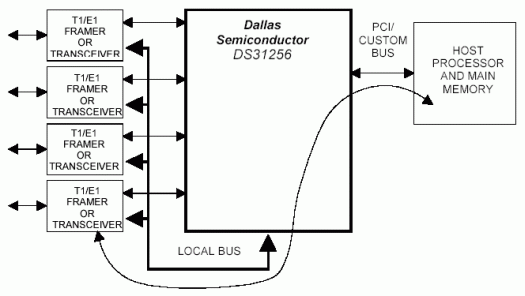
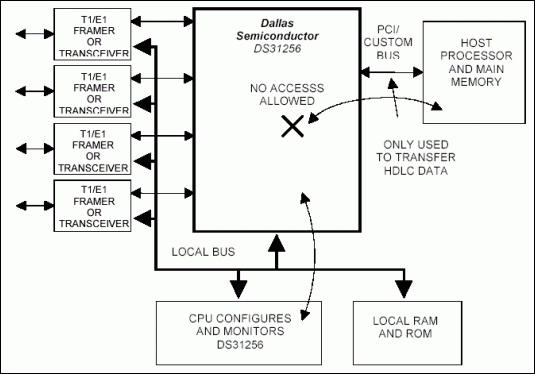
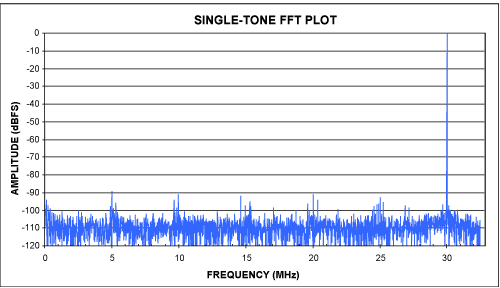
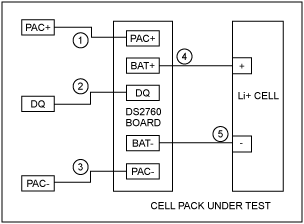

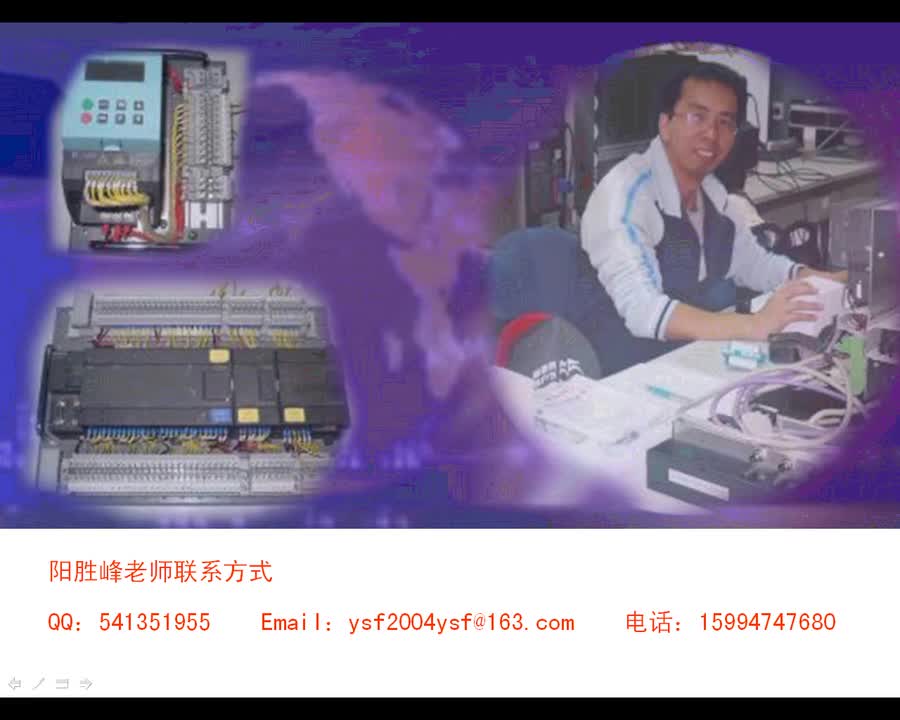
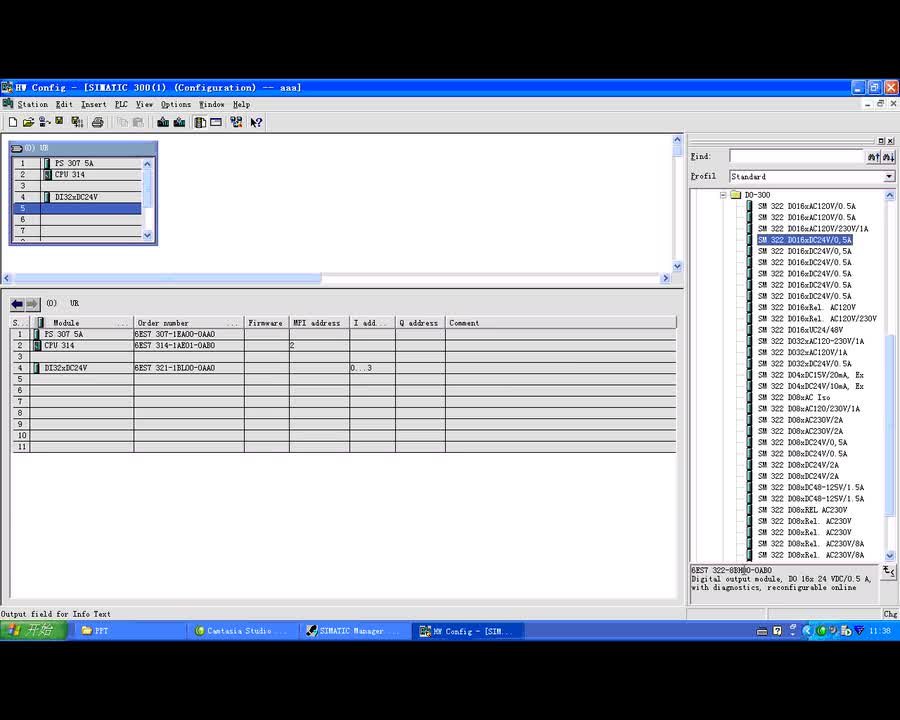






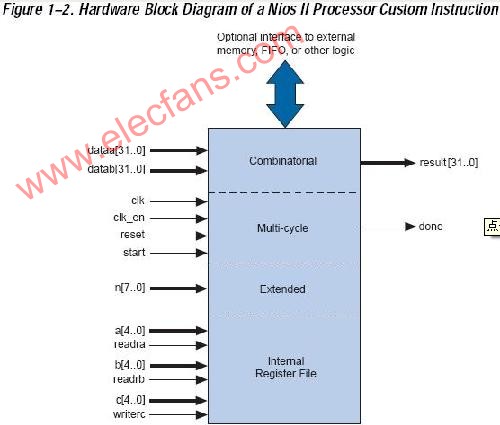
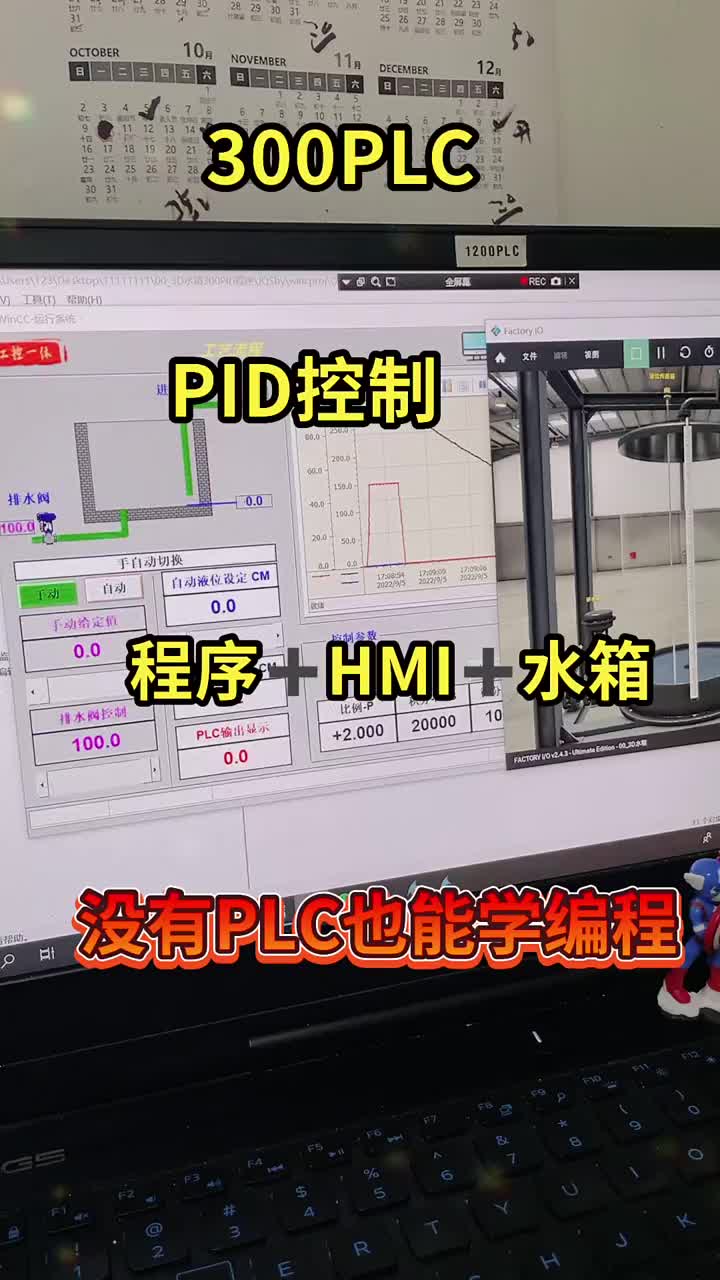












評(píng)論